Resilient Mountain Solutions: Ten local solutions for global impact
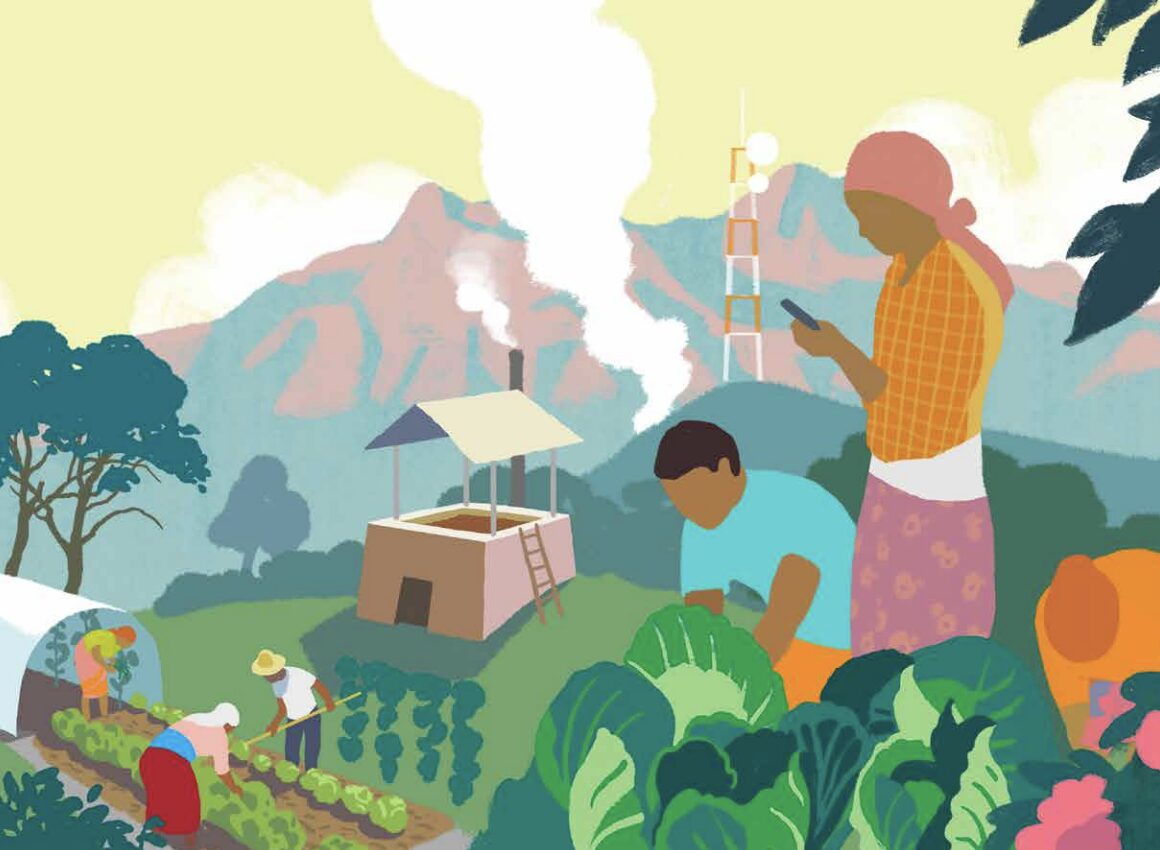
Introduction
The mountain peoples of the Hindu Kush Himalaya (HKH) region are no strangers to increasing temperatures, weather extremes, natural hazards and the impacts these bring. At the same time, rural communities are faced with other shocks and trends, including economic hardship, rural–urban migration, political upheaval, demographic change and evolving social norms. While the region is locked into a certain degree of future warming, the risks and impacts largely depend on the ability of the countries and communities in the region to adapt and build resilience.
The solutions featured in this book, “Resilient Mountain Solutions: Ten local solutions for global impact”, have transformed the lives and increased the resilience of thousands of people across the HKH region. Developed, tested and proven to be effective across several locations in the region, they have the potential to transform the lives of many more across the region and beyond.
These solutions are nature-based, meaning that rather than inflicting damage, they have a neutral or positive impact on nature in the long term. The solutions are simple, affordable and designed to mitigate the adverse impacts of climate change and to build the resilience of mountain peoples and ecosystems in the HKH. Women, youth and marginalised communities are at the centre of these solutions, because without empowering these groups, the goal of resilient mountain communities cannot be achieved.
Each section presenting a solution provides practical information, with an introduction, how it works on the ground and which technical tools and capacities are needed. Gender is a cross-cutting theme throughout the book and having women at the centre is fundamental for successful resilience building. Recognising that investment and replication of solutions in new geographical areas (out-scaling) and their integration into policies (up-scaling) are crucial for the long-term and widespread impacts of the solutions. Finally, the book outlines further success factors crucial for scaling solutions and sustainable, long-term mountain resilience for the future.
This article is an abridged version of the original text in the Mountains Connect Brief, which can be downloaded from the right-hand column. Please access the original text for more detail, research purposes, full references, or to quote text.
Methodology
The solutions were developed and tested in the HKH region by the International Centre for Integrated Mountain Development (ICIMOD) and its partners, building on their long-term work in the region.
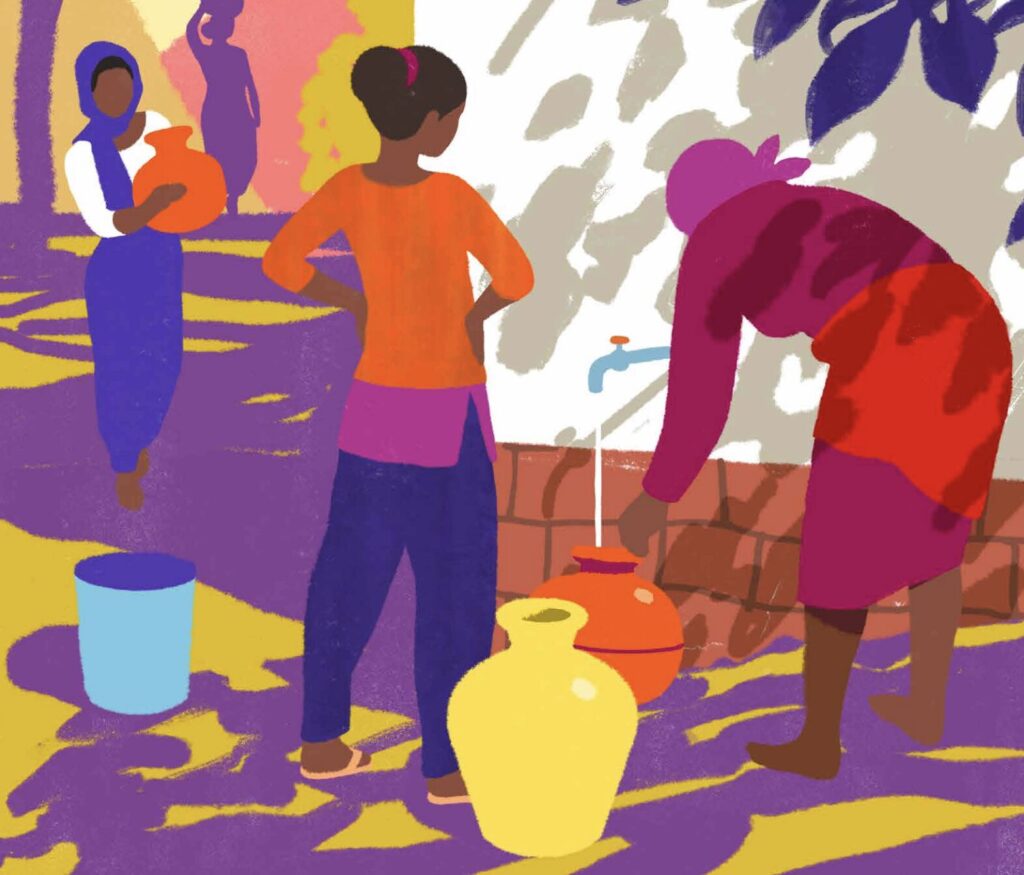
Solutions
- Building women’s skills as entrepreneurs (p.21-27) – Women-centric value chain programmes can lead to improved and inclusive livelihoods, empowerment and resilience. Value chains can help increase the prosperity of small enterprises so that they can deliver the most value, thereby providing multiple benefits for small communities. Explore a related solution on the Adaptation at Altitude Solutions Portal.
- Promoting green and resilient entrepreneurship (p.29-33) – Lack of employment opportunities in the mountain regions is causing poverty, especially in rural areas. Creating opportunities for developing green entrepreneurship can contribute to economic growth and improved livelihoods without degrading the environment.
- Managed honeybee pollination (p.35-41) – Managing pollination is one of the biggest challenges in ensuring sustainable food production for future generations. A worldwide decline in pollinators is disproportionately affecting indigenous communities and local subsistence farmers. Introducing managed honeybee pollination can mitigate some of the negative consequences associated with this decline.
- Co-management of rangelands (p.43-49) – Rangeland herders and pastoralists are often marginalised and excluded from development and policymaking processes. This threatens traditional livelihoods as well as the ecology of the rangelands that support them. Co-management of rangelands can help overcome challenges and improve mountain community’s resilience.
- Spring revival (p.51-57) – Spring revival is a nature-based solution to improve water security and build climate resilience in the mountains. Many towns and villages in the Hindu Kush Himalayan (HKH) region are facing increasing levels of water insecurity and an estimated 30–50 per cent of springs have dried up or reduced discharge over the last three to four decades, which poses a threat to local communities.
- Storing water in low-cost ways (p.59-65) – Simple, low-cost water retention methods can prevent water shortages and make irrigation possible throughout the year. Water shortages are one of the challenges faced by farming communities in the HKH region. Climate change causes more intensive rainfalls and droughts, creating challenges for local farmers. Water can be retained locally and used in a smarter way by establishing low-cost ponds and environmentally friendly irrigation and farming techniques with multiple benefits. These benefits include improved access to water, increased yields, reduced time for water collection and better climate resilience. Explore a related solution on the Adaptation at Altitude Solutions Portal.
- Home garden and polyhouse (p.67-73) – Home gardens and polyhouse vegetables help combat food and nutrition insecurity in the mountains. In the HKH region, the local environment is not favourable for year-round agricultural production. Many households in villages also suffer from low socioeconomic status. This often results in poor nutrition and diet among mountain community households. Explore a related solution on the Adaptation at Altitude Solutions Portal.
- Energy-efficient technologies (p.75-81) – Improved stoves for drying herbs and fruits can help save fuelwood and protect people’s health from hazardous smoke. Producing goods in a value chain normally requires some form of energy. For example, mountain-based products such as cardamom require drying, but traditional drying methods benefit neither the environment, the product nor the people involved. Explore a related solution on the Adaptation at Altitude Solutions Portal.
- Digital services for disaster preparedness (p.83-89) – In the HKH region, the warmer temperatures and precipitation irregularities associated with climate change have increased the risk of forest fires – a trend that is predicted to worsen. Remote sensing technology can help identify the fires and provide a tool for better preparedness and the planning of prevention measures. Explore a related solution on the Adaptation at Altitude Solutions Portal.
- Digital services for resilient agriculture (p.91-97) – Remote areas in the HKH region often lack access to markets and service providers, such as agriculture advisory services. These services can benefit farmers and farmer groups, keeping them up to date with important information, such as new technologies or market trends. This solution will make these services accessible through an online application (app), training provision and the development of facilities to support the community.
Women at the centre
The solutions in this book acknowledge that empowering women and other marginalised groups is vital to achieving the goal of building resilient mountain communities in the face of climate change. Such empowerment needs long-term commitment to societal transformative change that addresses the drivers of marginalisation. The solutions create meaningful impact when the root causes of marginalisation are considered and when they are adopted by all parties at different levels, from the local population and stakeholders to regional and national decision-making bodies.
A combination of solutions can be used to increase gender equality, inclusivity and the resilience of mountain communities. Based on the experiences with the ten solutions, figure 21 shows which gender approach is included in each solution.
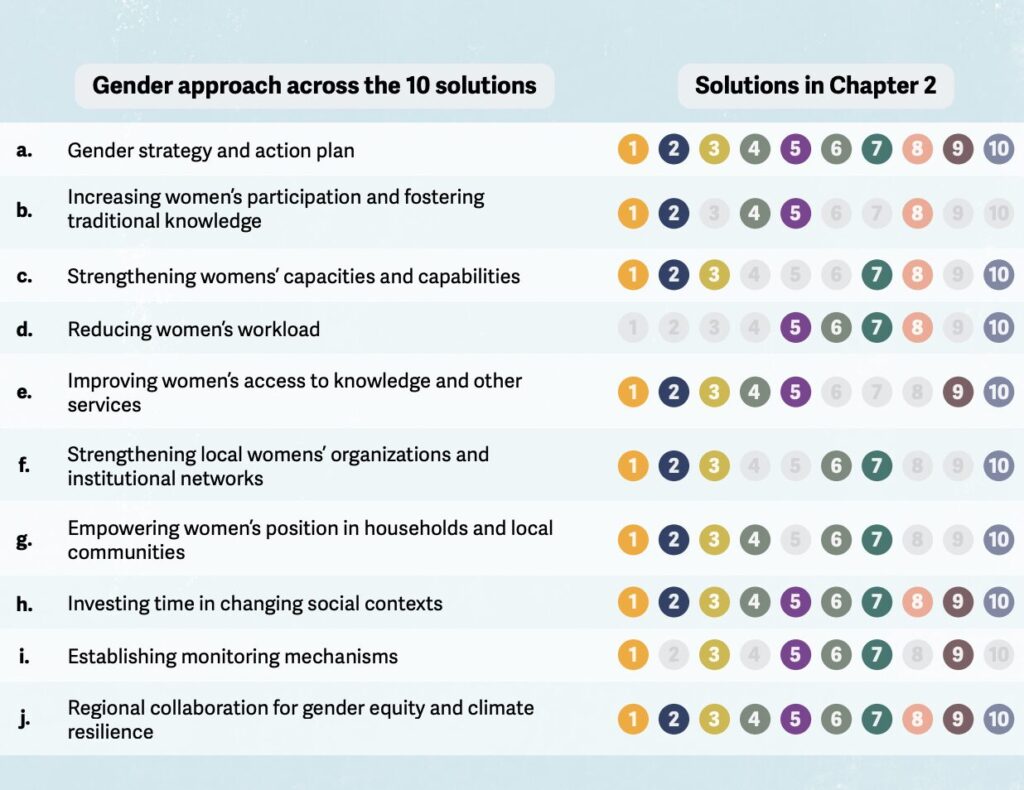
Explore the solutions through a gender lens on pages 100-105.
The power of up-scaling and out-scaling
The solutions have been successfully developed in multiple sites in the HKH region. They are often simple, affordable and local which is likely why they have worked so well. While monitoring of the solutions is needed in these locations to troubleshoot any issues, evaluate their impact and ensure their sustainability, scaling the solutions upward (bureaucratically) and outwards (geographically) can create a greater culminative positive impact on communities and the environment and can reduce the impacts of climate change.
Learn more about how to best scale the solutions on pages 108-111.
Conclusion
Building the resilience of mountain areas is possible and will not only benefit local communities and ecosystems, but also those located downstream. The solutions developed and implemented in the HKH have proven to be efficient. Up-scaling and out-scaling is the next step in terms of building resilience. Outscaling solutions to a wider geographical area allows climate resilience to be increased, which in turn will contribute to mitigating the effects of climate change and their socioeconomic impact. This requires
investments, time and effort.
From the experience gathered over the years, some specific factors have been identified as essential to include from the very beginning to increase chances of success and achieve the long-term vision. To successfully up-scale and out-scale solutions at the national, regional and global levels, there are a number of best practices. These include building on already existing partnerships and developing new ones with local communities and organisations, adapting to the local context including knowledge management, and managing resources better by including governing bodies. Lastly, but most importantly, identifying champions to foster momentum and positive change through engagement process initiated from the beginning of the implementation of the solution.
Suggested citation
Agrawal, N. K., Sinisalo, A., Silwal, P., Fouinat, L., Uprety, S., Mulelid, O. B., Shrestha, A. J., Joshi, S. R. (eds.). (2023). Resilient Mountain Solutions: Ten local solutions for global impact. ICIMOD and GRID-Arendal.


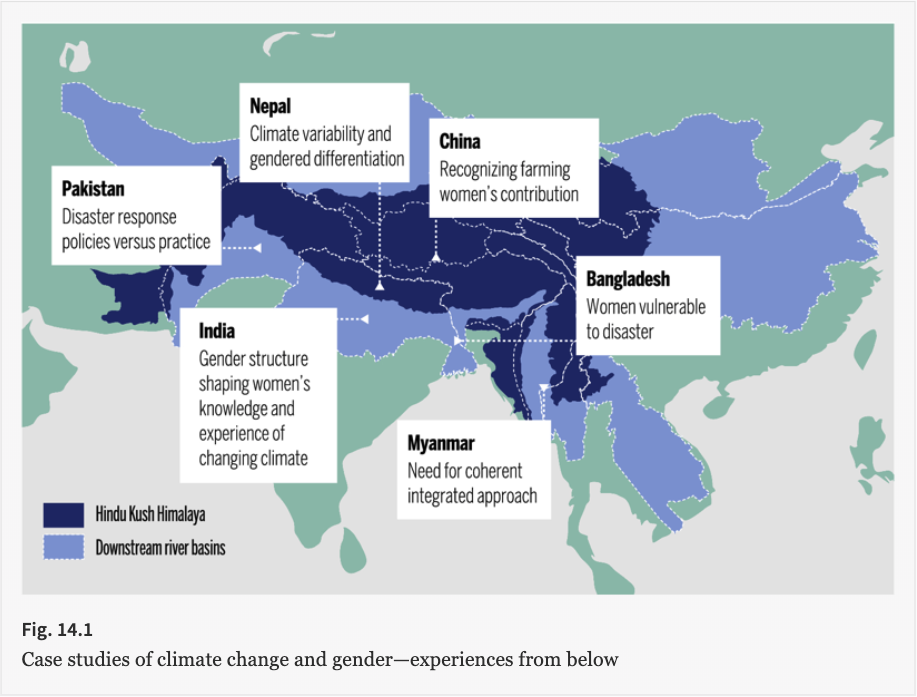
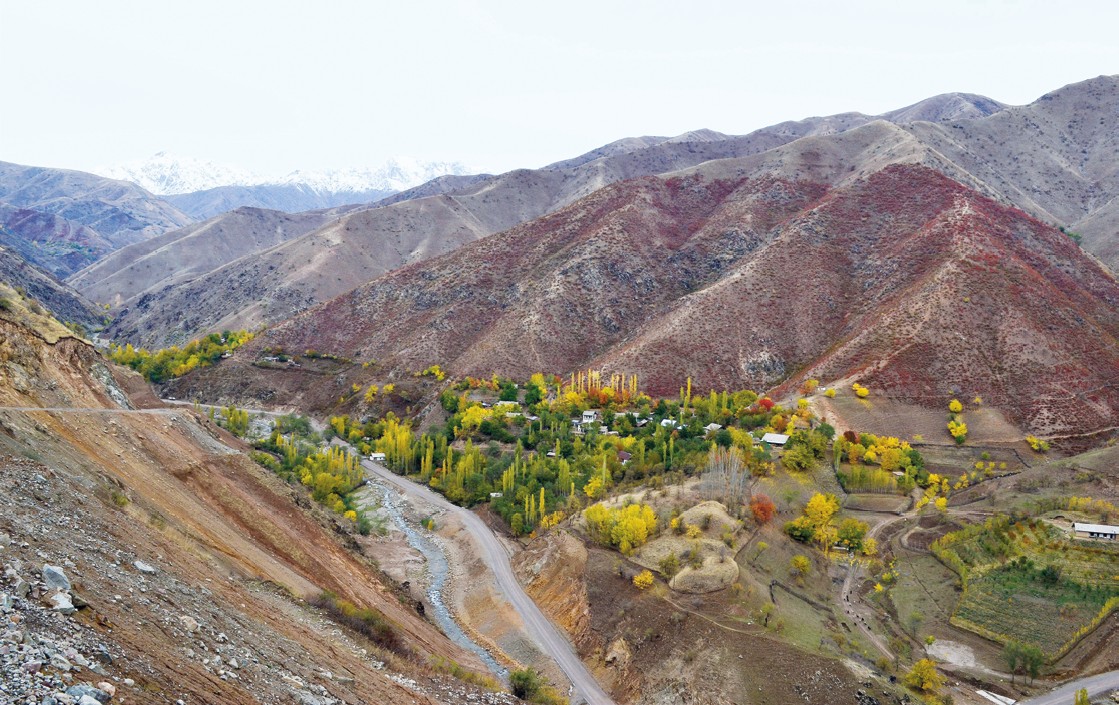
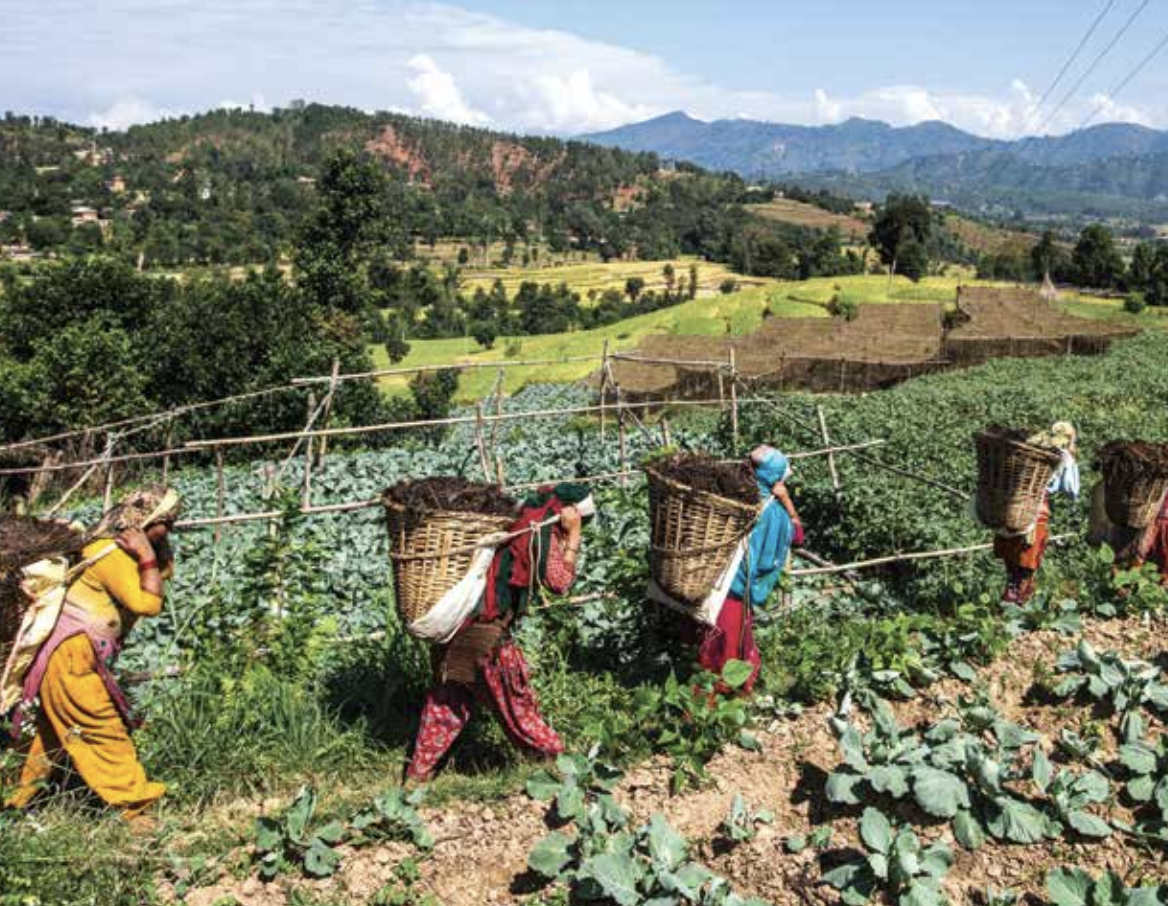
Comments
There is no content